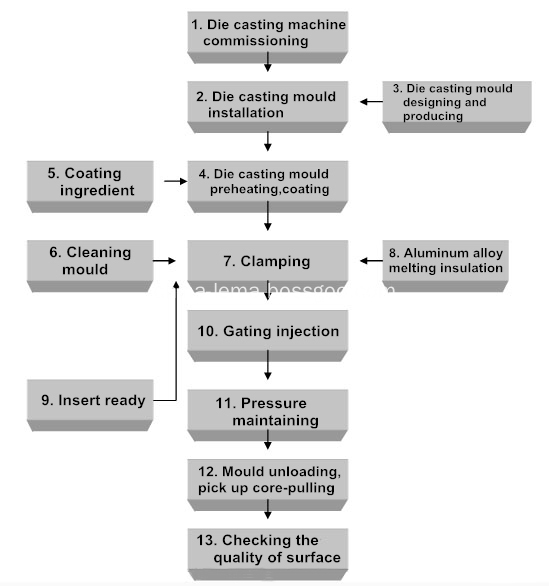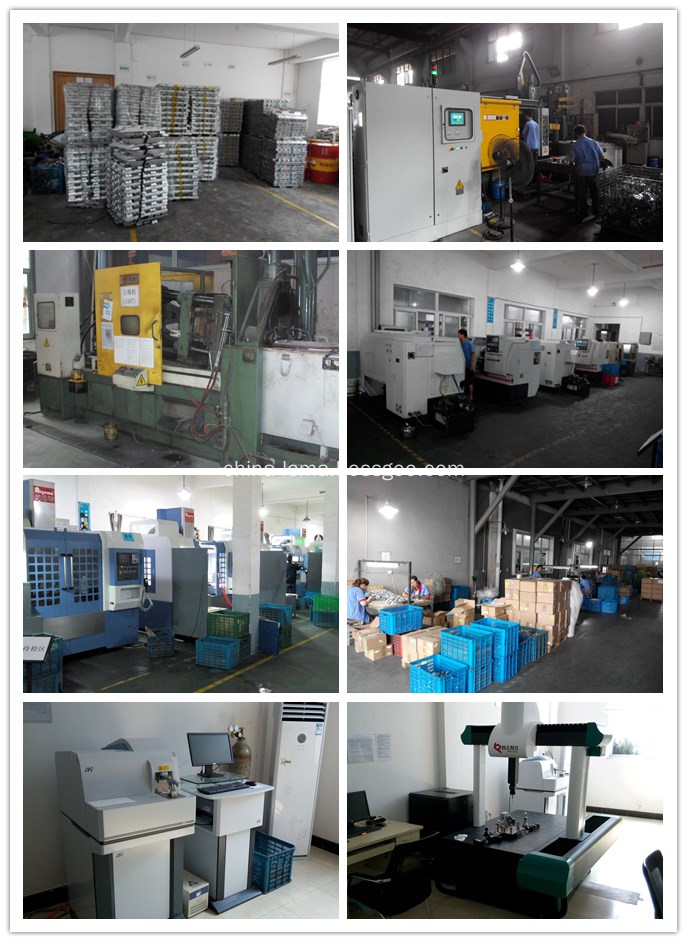Domestic auto parts companies will face enormous challenges
With the intensification of wholly foreign-funded enterprises, how parts and components systems, especially high-end products, overcome technological bottlenecks and complement each other's high-speed development is a difficult problem facing the automotive industry in China.
Traffic accidents caused by poor vehicle safety performance have long been a headache for the government. A complete vehicle is assembled from 10 million parts. Therefore, the technical level of parts determines the performance of the entire vehicle. In order to reduce traffic accidents caused by poor performance, it is essential to improve the parts. The level of technology.
The government also recognizes the seriousness of this issue. At the recently held "Road Traffic Safety Symposium", based on the high pressure of auto traffic accidents, Director Li Wanli of the Department of Industry Policy of the National Development and Reform Commission firmly appealed to the car's active and passive safety systems, such as the anti-lock system. Dynamic systems, electronic stability programs, airbag electronic control units, and reversing radar technologies are urgently needed to be produced and applied locally. The key technologies for these parts and components are the ones that China's spare parts companies lack.
As a latecomer country in the automotive industry, China's auto parts industry is still lagging behind at the low-end level. High-tech, high-performance, high-end product development and production are rare, resulting in serious shortage of high-end products in vehicle assembly. From the perspective of the investment of foreign companies and joint ventures in recent years, the sole proprietorship and the form of holdings have been significantly strengthened, and the embarrassing situation of “the market has not switched to technology†has been particularly prominent in the parts and components industry.
In addition to encouraging independent enterprises to increase R&D and upgrade technologies, the government must use policies, taxation, and other levers within the prevailing international rules to accelerate the localization of foreign investment and joint ventures and achieve technological upgrades so that China's parts and components industry can become high-end as a whole. Step forward.
Local manufacturers "high-end" sleepy
At the “Road Traffic Safety Symposiumâ€, Director Li revealed that although ABS technology is currently widely used in China, the safest configuration for vehicles with the greatest demand in the future—the stability control system for vehicles with only 3% to 4 %. In the 2006 ESP safety survey conducted by Bosch China, more than 73% of respondents hope to purchase ESP in the next car they want to buy. It is estimated that by 2010, the number of equipment will rise to 10%.
It is reported that the widely used ESP system in Europe will also be assembled on all models in the United States by 2010, but it is still in a very poor situation in China.
The overall scale of China's spare parts is not small, but the overall development has lagged far behind the entire vehicle level. How to break through the bottleneck of high-end technology has always been the heart disease of Chinese parts and components companies.
At present, China has tens of thousands of parts and components companies scattered throughout the country, with low industrial concentration and weak development capabilities of products, especially high-end products. Components companies and OEMs have not yet developed synchronous development capabilities, systematization, and modularization. The e-supply capacity has just started and has greatly affected the overall vehicle level.
With the full opening of China's auto parts market, the price advantage of local auto parts companies will gradually be lost. Affected by factors such as development capacity and quality, some parts and components are imported by direct trade and are lower than domestically produced ones. Therefore, domestic auto parts companies that are protected by tariffs and localization rates will face enormous challenges. It is imperative for parts to go high-end.
Foreign capital "sole proprietorship, holding" after suffering
The use of foreign capital and joint ventures to “localize†to enhance the technical strength of China’s auto parts has been a thought that has been high hopes. However, foreign investment is not as “fair†as it is supposed to be. While transnational corporations continue to increase investment, The investment methods are mainly "sole proprietorship, holdings".
The die casting part production flow chart

Injection speed of die cast process
|
Pouring liquid metal tie up chamber volume percent |
Injection speed(cm/s) |
|
≤30 30-60 >60 |
30-40 20-30 10-20 |
High speed computing formula

V -------------Cavity volume (CM3);
N ------------ Cavity No;
D ------------ Die-casting drift (CM);
T ------------- Proper filling time.
The production of aluminum and Zinc Alloy Die Casting parts.

A380 Aluminum Die Casting, Aluminum Die Cast Part, Die Casting Parts, Zinc Die Casting
NINGBO BEILUN LEMA MACHINERY TECHNOLOGY CO.,LTD , http://www.china-lema.com